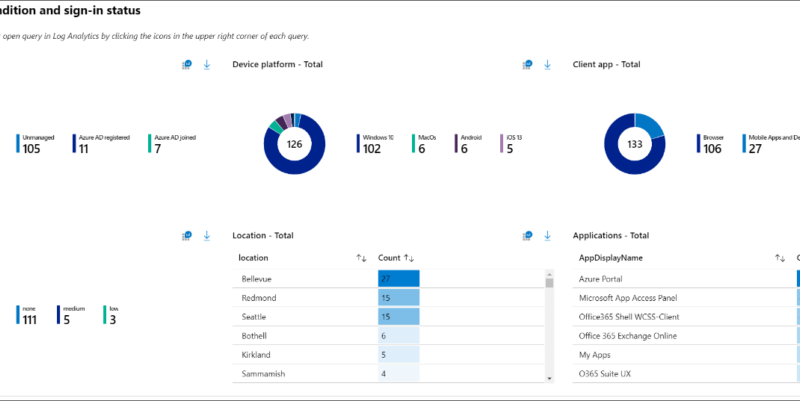802.1X: What you need to know about this LAN-authentication standard
When devics on enterprise LANs need to connect to other devices, they need a standard method for identifying each other to ensure they are communicating with the device they want to, and that’s what 802.1x does. This article tells where it came from and how it works.802.1x defined
IEEE 802.1X is a standard that defines how to provide authentication for devices that connect with other devices on local area networks (LANs).How to deploy 802.1x for Wi-Fi using WPA3 enterprise
It provides a mechanism by which network switches and access points can hand off authentication duties to a specialized authentication server, like a RADIUS server, so that device authentication on a network can be managed and updated centrally, rather than distributed across multiple pieces of networking hardware.To read this article in full, please click here READ MORE HERE…










